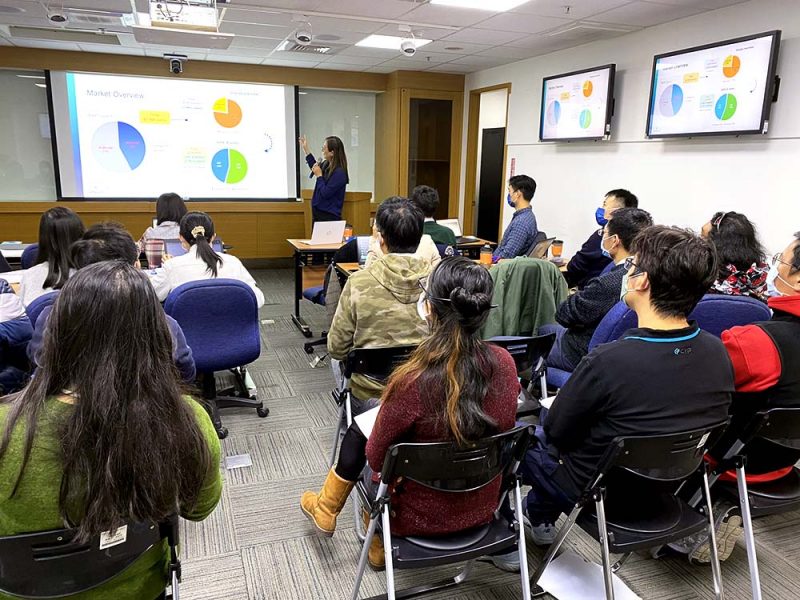
The way we work and collaborate has undergone a profound transformation in recent years, with the rise of remote work and hybrid work models. As organizations adapt to this new reality, the need to create human-centric experiences in hybrid meeting spaces has become increasingly important. Whether you’re conducting virtual meetings, in-person gatherings, or a combination of both, focusing on human-centric design principles can greatly enhance the quality of interactions and productivity. In this article, we’ll explore the key strategies to create human-centric experiences in hybrid meeting spaces.
Prioritize Inclusivity
In a hybrid meeting space, inclusivity is paramount. Ensure that all participants, whether they are physically present or joining remotely, have equal access to information and opportunities to contribute. Consider the following:
1.Accessible Technology
Invest in technology that supports accessibility, such as wireless conferencing solutions and high-quality microphones and cameras. We here want to recommend you ASTROS Conference, a wireless conferencing solution that allows in-office to start video calls easily and quickly, while remote workers can enjoy clear audio and video quality. So team members from everywhere can have a smooth collaboration experience. Setting up a wireless conference room isn’t complicated, you can follow our article “How Can I Make My Conference Room Wireless?” to start.
2.Equal Voice
Implement meeting practices that give everyone an equal opportunity to speak and be heard. This includes using tools like virtual hand-raising and ensuring that remote participants are not unintentionally left out of the conversation.
3.Clear Communication
Encourage clear and concise communication. Avoid jargon and ensure that meeting materials are distributed in advance to allow participants to prepare.
Optimize the Physical Environment
For in-person meetings in a hybrid workspace, the physical environment plays a crucial role in creating a human-centric experience. Design meeting spaces that can be easily reconfigured to accommodate different meeting formats. With ASTROS Conference, you can quickly create flexible layouts. For example, people can bring their favorite devices to start video calls wirelessly, and without the restriction of cables, they can sit wherever they want. If you have multiple TVs in the meeting room, you can even enable “One-to-Many” and share the screen on up to 4 TVs simultaneously. From large presentations to small group discussions, ASTROS can seamlessly enhance your collaboration workflow.

Foster Engagement and Collaboration
Hybrid meetings should be more than just a one-way information broadcast. They should actively encourage engagement and collaboration among participants. You can achieve this by utilizing interactive tools like digital whiteboards, collaboration platforms, and breakout rooms, which promote engagement and teamwork both in person and virtually. With ASTROS, you also have access to embedded whiteboard and annotation tools, enabling participants to annotate and illustrate ideas during meetings. Most importantly, create a culture of feedback where participants feel comfortable sharing their thoughts and opinions. Utilize this feedback to continuously enhance the hybrid meeting experience.

Conclusion
Creating human-centric experiences in hybrid meeting spaces is not just about technology but also about fostering engagement and collaboration. By following our tips, organizations can ensure that their hybrid meetings are productive, engaging, and enjoyable for all participants, regardless of their location. As hybrid work becomes the new norm, prioritizing the human element in meetings will be key to success in the evolving workplace landscape. To delve deeper into the features and advantages of ASTROS Conference, don’t hesitate to Contact Our Experts who will provide you with comprehensive information.